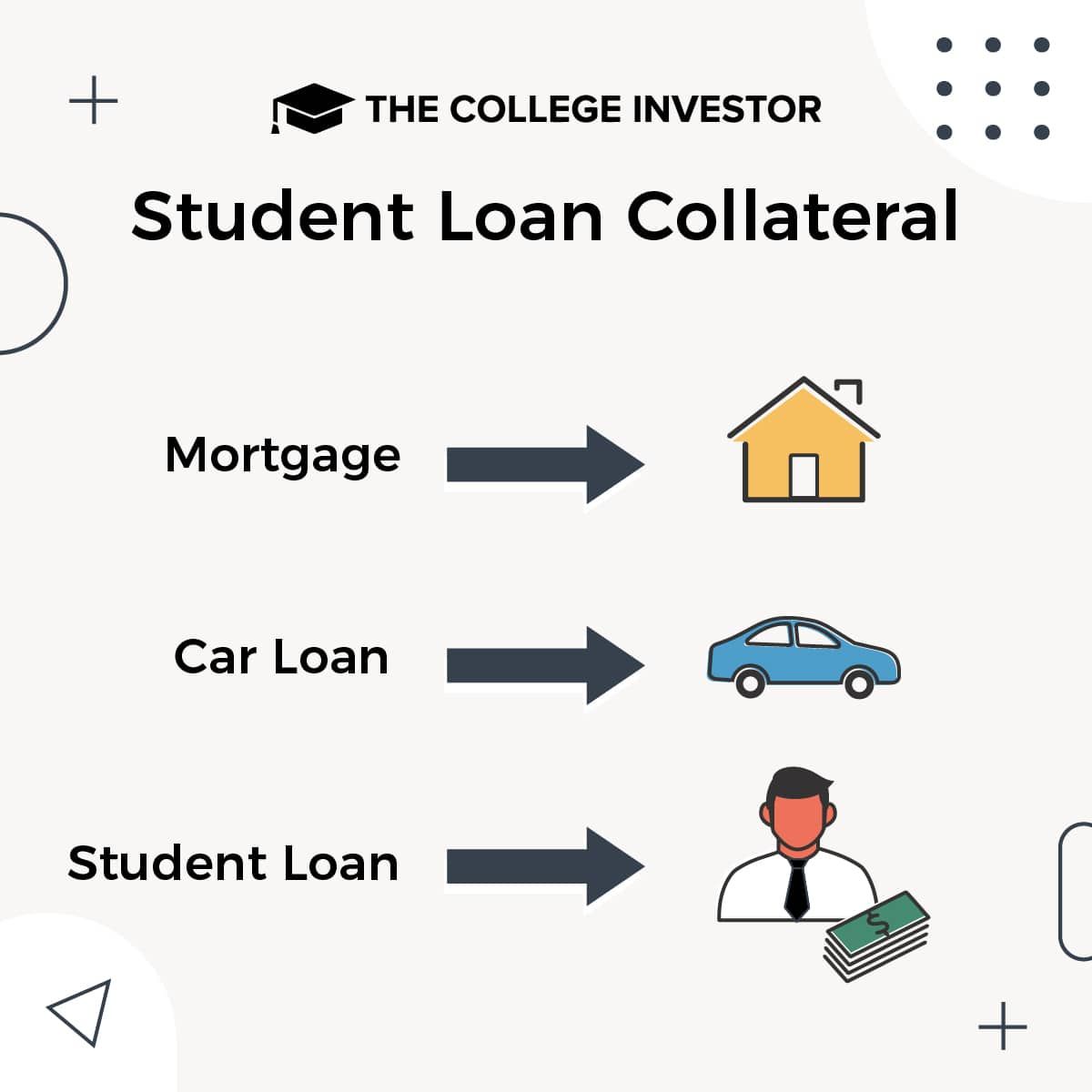
Increasingly, tuition continues to rise, saddling millions of students with large amounts of student loan debt. In fact, the average student is graduating with almost $30,000 in student loans. That’s slightly more than a Tesla Model 3 or even a wedding. Without students loans, many people would not even be able to attend college.
For most anyone heading to college, student loans will become a fact of life. But where do student loans come from, how much can you borrow, and what is the true cost? In this article, you’ll learn all about how student loans work.
The Ins and Outs of Student Loans
Student loans are available for undergraduate and graduate students alike. They are based on need, of which income is only one component. Students loans are issued by the government (hence the term Direct Loan - directly from the government). Although, private student loans are also available. The amount issued to a student will depend on the student’s financial situation. The final decision is up to the school.
Financial aid packages are the first step in receiving a student loan. The financial aid package is made up of gift aid (such as grants and scholarships), loans, and work-study programs.
What is the collateral for a student loan? It's important to remember that the collateral for a student loan is your future earnings. When you buy a car and get a car loan, the collateral for the car loan is the car. So if you don't pay the car note, the bank can repossess your car. With student loans, it's important to remember that the collateral is your future earnings. If you don't repay a student loan, the government can garnish your wages, take your tax returns, and more. Always keep this in mind when borrowing.

How to Apply for a Student Loan
The FAFSA, or Free Application for Federal Student Aid, must be filled out each year to receive financial aid. FAFSA deadlines change each year. You can check the deadlines here. Be sure your FAFSA is submitted on time. Otherwise, a late FAFSA will certainly complicate your financial situation and leave you scrambling to pay for school.
To get an idea of how much financial aid you might be awarded, check the FAFSA4caster website.
Upon being awarded financial aid, you’ll receive amounts for gift aid and loans. There should also be a breakdown of your school’s cost. Schools display cost information in different ways and the true cost can be off by a wide margin. Depending on what is shown, you may need to ask the school for cost on:
- Tuition
- Housing
- Food
- Travel
- Fees (labs, etc.)
- Books
Add in any other known cost. It’s better to overestimate rather than underestimate. Many students find that they are short on money, even after receiving their financial aid. This is due to many costs that are not accounted for.
How Much Should You Borrow?
Once you have an annual cost for school, subtract out gift aid and any money your parents may have saved up for college. If you have saved up money for college, subtract it out as well. The number you’re left with is not only direct school cost (tuition & housing) but cost needed to live while you’re in school. If you have a job, factor in how much of the above cost it will cover. You should have a final number on cost at this point.
That final number is the amount needed for school loans. The less money in school loans you have to take, the better. As you can see, the amount of loans isn’t just about tuition and books. It should factor in all costs that are associated with being a student.
One caveat about student loans: students will often take the full awarded amount, even if it isn’t needed. If you don’t need the full amount, you can take only what is needed. Taking more loan money than what is needed will cost more in interest and increase your monthly loan payments.
Key Rule Of Thumb: Our key rule of thumb for how much you should borrow is simply to NEVER borrow more than you expect to earn in your first year after graduation. This will help ensure that you never borrow too much and can't afford to repay it.
Related: How To Calculate The ROI Of College
Paying Back Your Student Loans
If you have Federal student loans, there are a variety of repayment plans, such as income-driven repayment plans, that can help you pay back your student loans in an affordable way.
You should pick the repayment plan that you can afford to make the payment on every month. If you don't know where to start, look at using a tool like Student Loan Planner to help you.
The government offers a number of loan features that are not available with non-government loans. These include:
- Forbearance: You don’t have to start paying on student loans until after you graduate.
- Hardship: While in repayment, you can push back payments until your finances improve.
- Low interest: Most loans will have interest rates in the single digits.
- Low origination fees: Fees for disbursed loans are ~1% of the loan value.
If you are enrolled at least half-time, you don’t have to begin making payments on government loans until six months after graduating. Additionally, interest will not accrue until after graduation for subsidized loans, but starts accruing immediately for unsubsidized loans.
Read our full guide to subsidized vs. unsubsidized loans here.
According to the Federal Reserve, the average monthly payment is $393, with a median monthly payment of $222. How much you pay will depend on the repayment plan and interest rate. Note that graduate loans will usually have higher interest rates than undergraduate loans.
A Necessity for Most Students
With tuition continuing to skyrocket, student loans have become a necessity for virtually any student wanting to attend college. While student loans can be a large source of financing for college, planning for cost and taking only the amount needed will help to avoid being overly saddled with unneeded debt.

Robert Farrington is America’s Millennial Money Expert® and America’s Student Loan Debt Expert™, and the founder of The College Investor, a personal finance site dedicated to helping millennials escape student loan debt to start investing and building wealth for the future. You can learn more about him on the About Page or on his personal site RobertFarrington.com.
He regularly writes about investing, student loan debt, and general personal finance topics geared toward anyone wanting to earn more, get out of debt, and start building wealth for the future.
He has been quoted in major publications, including the New York Times, Wall Street Journal, Washington Post, ABC, NBC, Today, and more. He is also a regular contributor to Forbes.
Editor: Claire Tak Reviewed by: Chris Muller
